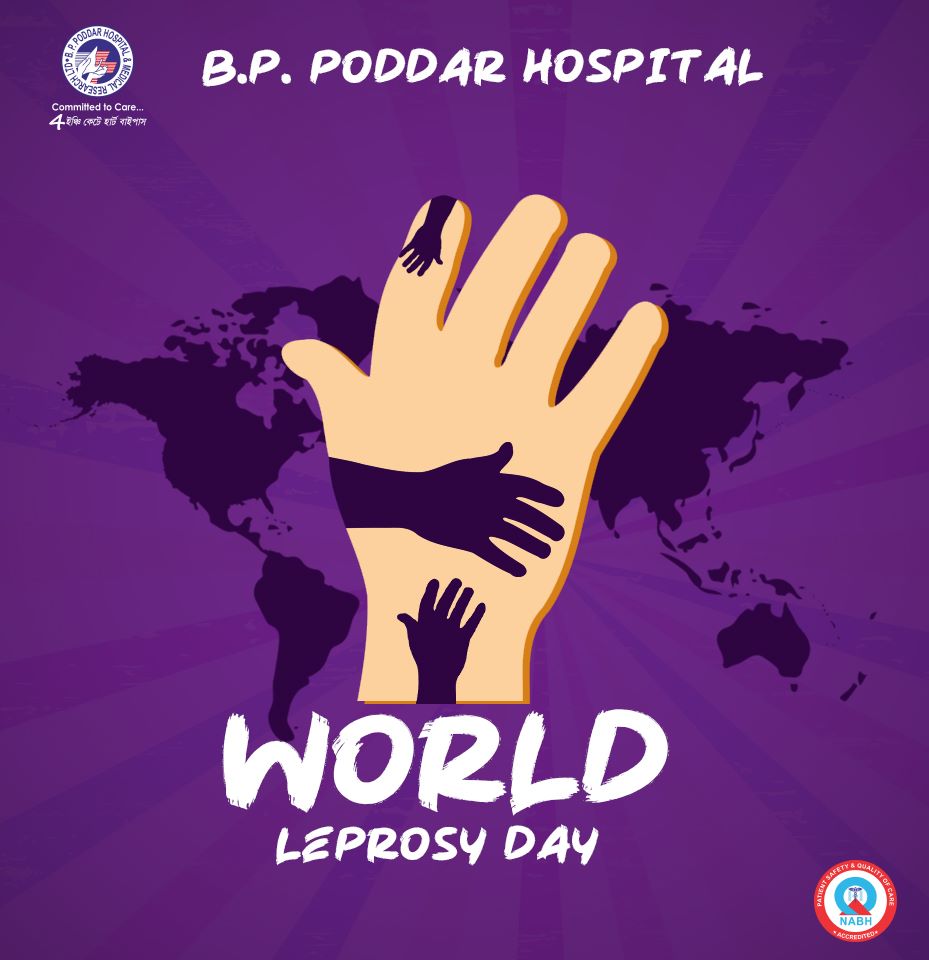
What is Leprosy?
Leprosy is a chronic, progressive bacterial infection caused by the bacterium Mycobacterium leprae. It primarily affects the nerves of the extremities, the skin, the lining of the nose, and the upper respiratory tract. Leprosy is also known as Hansen’s disease.
Hansen’s disease produces skin ulcers, nerve damage, and muscle weakness. If it isn’t treated, it can cause severe disfigurement and significant disability.
Hansen’s disease is one of the oldest diseases in recorded history. The first known written reference to Hansen’s disease is from around 600 B.C.
The main symptoms of Hansen’s disease include:
The skin lesions result in decreased sensation to touch, temperature, or pain. They don’t heal, even after several weeks. They’re lighter than your normal skin tone or they may be reddened from inflammation.
The bacterium Mycobacterium leprae causes Hansen’s disease. It’s thought that Hansen’s disease spreads through contact with the mucosal secretions of a person with the infection. This usually occurs when a person with Hansen’s disease sneezes or coughs.
The disease isn’t highly contagious. However, close, repeated contact with an untreated person for a longer period of time can lead to contracting Hansen’s disease.
The bacterium responsible for Hansen’s disease multiplies very slowly. The disease has an average incubation period (the time between infection and the appearance of the first symptoms) of five yearsTrusted Source, according to the World Health Organization (WHO).
Symptoms may not appear for as long as 20 years.
There are three systems for classifying Hansen’s disease.
The first system recognizes three types of Hansen’s disease: tuberculoid, lepromatous, and borderline. A person’s immune response to the disease determines which of these types of Hansen’s disease they have:
WHO categorizesTrusted Source the disease based on the type and number of affected skin areas:
Clinical studies use the Ridley-Jopling system. It has five classifications based on severity of symptoms.
| Classification | Symptoms | Disease response |
| Tuberculoid Hansen’s disease | A few flat lesions, some large and numb; some nerve involvement | Can heal on its own, persist, or may progress to a more severe form |
| Borderline tuberculoid Hansen’s disease | Lesions similar to tuberculoid but more numerous; more nerve involvement | May persist, revert to tuberculoid, or advance to another form |
| Mid-borderline Hansen’s disease | Reddish plaques; moderate numbness; swollen lymph nodes; more nerve involvement | May regress, persist, or progress to other forms |
| Borderline lepromatous Hansen’s disease | Many lesions, including flat lesions, raised bumps, plaques, and nodules; more numbness | May persist, regress, or progress |
| Lepromatous Hansen’s disease | Many lesions with bacteria; hair loss; more severe nerve involvement with peripheral nerve thickening; limb weakness; disfigurement | Doesn’t regress |
There’s also a form a Hansen’s disease called indeterminate Hansen’s disease that isn’t included in the Ridley-Jopling classification system. It’s considered to be a very early form of Hansen’s disease where a person will have only one skin lesion that’s just slightly numb to the touch.
Indeterminate Hansen’s disease may resolve or progress further to one of the five forms of Hansen’s disease within the Ridley-Jopling system.
Your doctor will conduct a physical exam to look for telltale signs and symptoms of the disease. They’ll also perform a biopsy in which they remove a small piece of skin or nerve and send it to a laboratory for testing.
Your doctor may also perform a lepromin skin test to determine the form of Hansen’s disease. They’ll inject a small amount of Hansen’s disease-causing bacterium, which has been inactivated, into the skin, typically on the upper forearm.
People who have tuberculoid or borderline tuberculoid Hansen’s disease will experience a positive result at the injection site.
WHO developed a multidrug therapyTrusted Source in 1995 to cure all types of Hansen’s disease. It’s available free of charge worldwide.
Additionally, several antibiotics treat Hansen’s disease by killing the bacteria that causes it. These antibiotics include: